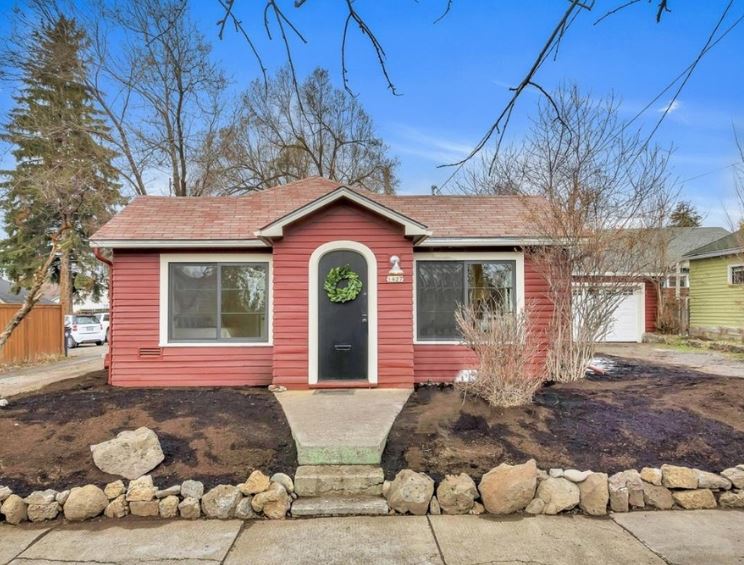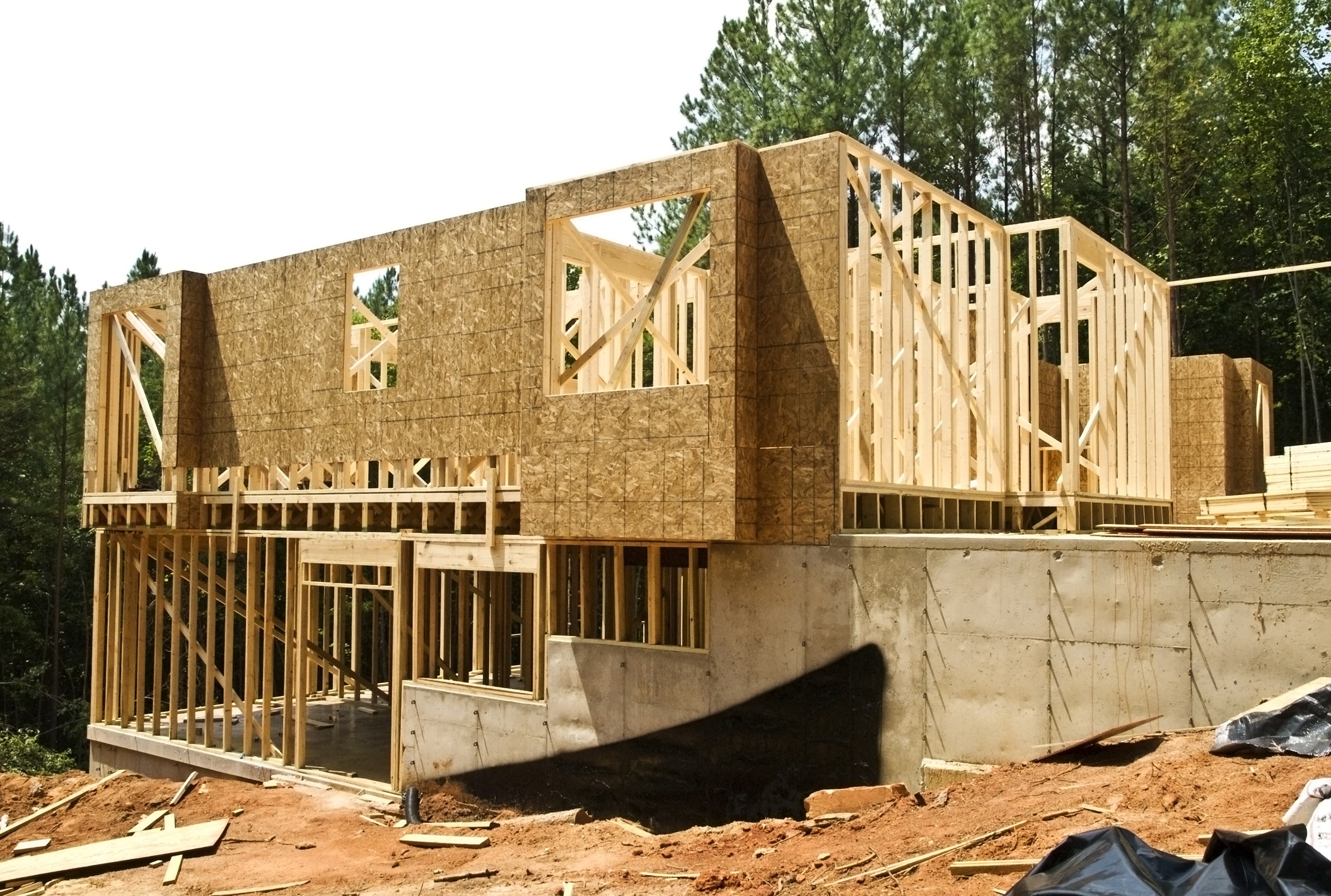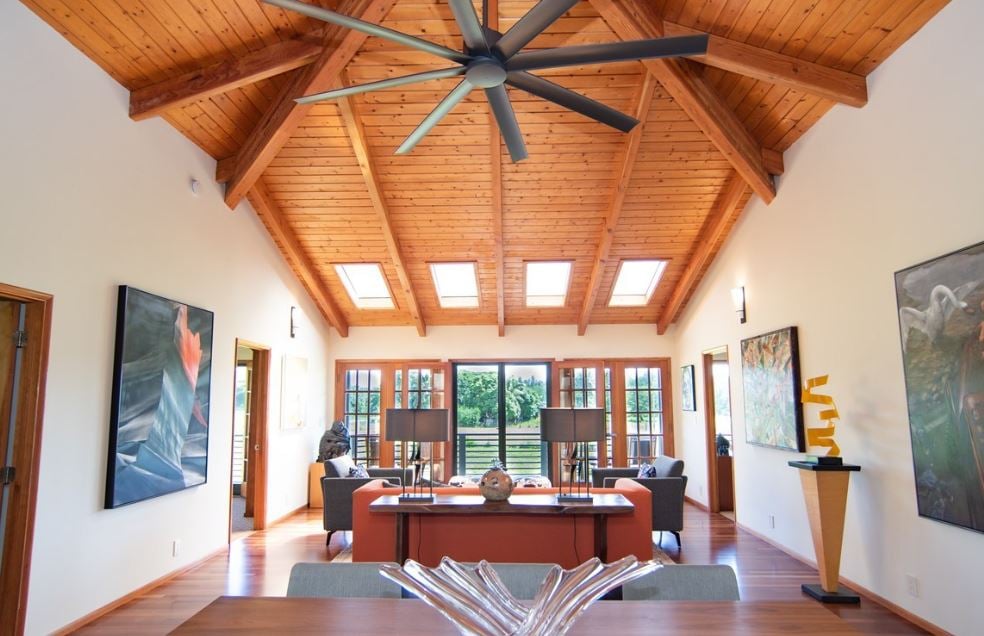How Much Money Do You Need to Flip a House?
If you’re acquiring a fixer-upper using a hard money loan, you should know how much money you'll need to flip the house. Most private money and hard...

Over the past 10 years, high-leverage fix and flip investor rehab loans have become a popular private money and hard money loan program for house flippers and rehabbers in every market in the United States. These loans, which came on the scene in 2012, provide real estate investors with the capital to purchase and renovate fixer-uppers to place back on the market at a higher price (aka house flipping).
Many investors have used fix and flip investor rehab loans to become millionaires many times over. This article will cover the basics of fix and flip investor rehab loans.
A fix and flip investor rehab loan is a mortgage issued by a private money or hard money lender that provides the rehabber with money to acquire and renovate a property.
Private lenders make one loan to the borrower, issuing the purchase money portion out at the close of escrow. The construction funds, or rehab reimbursement portion of the loan, are issued only once work is complete and invoices are due.
For example:
If an investor is closing on a $400,000 fixer-upper, a lender may provide them with a $320,000 purchase money loan (80% loan-to-value [LTV]) and $100,000 rehab financing (100% loan-to-cost [LTC]).
At the close of escrow, they’d have a total loan amount of $420,000 with the lender holding back $100,000 for construction financing.
| $400,000 | $100,000 | $500,000 | $320,000 | $100,000 | $420,000 | $80,000 | $8,400 | $1,995 | $6,500 | $3,500 | $1,400 | $101,795 | ||||
The market for fix and flip investor rehab lending is highly competitive, which means that private money lenders are continually offering investors high-leverage financing to acquire fixer-upper properties.
It’s common to see loans where the LTV at purchase is 80%, going up to 85% and even 90%.
(Many people ask for 100% financing, but that’s very rare as I discuss in this article "The Elusive 100% LTV Fix and Flip Loan.”)
Investors should go into a fix and flip rehab loan expecting to get 80% LTV on the purchase. In 2024, it's the industry standard.
Borrowers with significant experience and four or five successful projects on their resume within the past year or two can snag 85% and 90% LTV on the purchase . Or, if the investor is buying the property significantly below market value — often sourcing an off-market property — lenders will increase the purchase money LTV into the 85% or even 90% LTV range. (An 85% LTV is more reliable than 90% LTV.)
In 2024, the industry standard is to finance 100% of the rehab and renovation costs.
100% LTC rehab financing is driven by two primary factors:
Most private lenders offering fix and flip investor rehab financing originate and sell loans to secondary market investors. This is known as conduit lending — originating loans on the front end while selling loans to investors on the back end.
Most conduit lenders sell loans to the same 5-10 secondary market investors, who ultimately dictate the terms for the fix and flip plus rehab loans that house flippers receive at the front end of the transaction.
Therefore, house flippers receive 80% purchase money and 100% rehab financing.
2. 100% Rehab Protects Lenders from Mechanic’s Liens
When the lender is paying 100% of the rehab budget, they ensure that the work is done and that the bills for labor and materials are paid in full.
If a bill is unpaid, a supplier or contractor may file a mechanic’s lien on title.
To protect from mechanic’s liens, lenders will require subcontractors to sign a document confirming that they’ve been paid for services.
Summary
Fix and flip investor rehab loans provide house flippers and rehabbers with high-leverage financing to purchase their next project. The purchase money portion of the loan offers terms with 80% LTV all the way to 90% LTV in cases where the investor has a significant track record, or the acquisition price was well below AS-IS value.
Additionally, private lenders will provide the investors with 100% of the rehab costs, since the competitive lending environment provides lenders the security of knowing the work is completed and subcontractors paid.

If you’re acquiring a fixer-upper using a hard money loan, you should know how much money you'll need to flip the house. Most private money and hard...

With a stage funding construction loan, the borrower only pays interest on the amount of money already disbursed. This means the borrower doesn't pay...

If you're wondering how the payments on fix and flip plus rehab loans work, you’ve come to the right place. This blog post discusses how private...